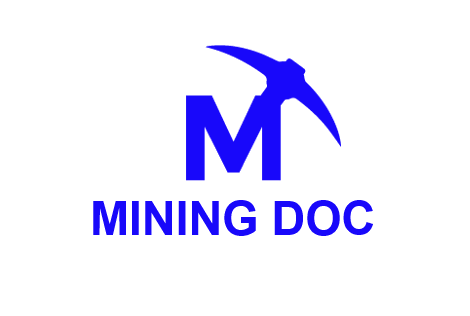Introduction
Fleet management in mining is a complex challenge, involving the coordination of various types of heavy machinery, from haul trucks to drilling rigs. Efficiently managing these fleets is crucial for minimizing downtime, maximizing productivity, and reducing operational costs. With advancements in artificial intelligence (AI), mining operations now have access to sophisticated tools that optimize fleet performance in unprecedented ways. This blog explores how AI-powered solutions are transforming fleet management and boosting productivity in the mining sector.
The Role of Fleet Management in Mining
Fleet management encompasses the planning, coordination, and monitoring of vehicles and equipment used in mining operations. Key objectives include:
- Ensuring optimal equipment utilization.
- Reducing operational costs.
- Enhancing safety for operators and machinery.
- Minimizing environmental impact.
Traditional fleet management relies heavily on manual oversight and reactive maintenance practices. However, the advent of AI has introduced predictive and automated capabilities, significantly improving operational efficiency (Gonzalez et al., 2020).
AI Applications in Mining Fleet Management
Predictive maintenance
AI algorithms analyze sensor data to predict equipment failures before they occur. By identifying patterns in vibration, temperature, or hydraulic pressure, operators can schedule maintenance proactively, reducing unplanned downtime and extending the lifespan of machinery (Sahoo et al., 2019).
Autonomous fleet operations
AI enables the deployment of autonomous vehicles, which can operate 24/7 without human intervention. These vehicles are equipped with sensors and AI-driven navigation systems, ensuring safe and efficient transportation of materials within mines (Burt & Caccetta, 2018).
Real-time optimization
AI-powered platforms provide real-time insights into fleet performance, offering actionable recommendations to optimize routes, reduce fuel consumption, and improve load balancing. For instance, machine learning models can identify the shortest and safest paths for haul trucks, saving time and energy (Zhang et al., 2021).
Enhanced safety monitoring
AI systems use computer vision and machine learning to monitor operator behavior and detect potential safety hazards. Alerts are triggered for issues like fatigue, distractions, or equipment malfunctions, thereby improving overall safety (Li et al., 2020).
Benefits of AI-Powered fleet management
- Increased Productivity: AI reduces idle times, improves route efficiency, and ensures that equipment operates at peak performance.
- Cost Savings: predictive maintenance minimizes expensive repairs and operational interruptions.
- Enhanced Safety: continuous monitoring of equipment and personnel significantly reduces accidents.
- Sustainability: optimized fuel consumption and better resource management contribute to reduced greenhouse gas emissions.
Challenges and considerations
Despite its advantages, implementing AI-powered fleet management comes with challenges:
- High Initial Investment: AI systems require significant capital for installation and integration.
- Data Dependence: reliable AI models depend on high-quality, real-time data, which may be difficult to obtain in remote mining locations.
- Skill Gap: workforce training is essential to manage and maintain AI-driven systems effectively (Gonzalez et al., 2020).
Case Study: AI in Action
A leading mining company in Australia implemented an AI-based fleet management system, incorporating autonomous haul trucks and predictive maintenance tools. The results included a 20% increase in operational efficiency, a 15% reduction in fuel consumption, and a significant decrease in unplanned downtime (Burt & Caccetta, 2018).
Conclusion
AI-powered solutions are revolutionizing fleet management in mining, offering transformative benefits in productivity, cost-efficiency, and safety. By leveraging AI technologies, mining companies can achieve sustainable and profitable operations while addressing the challenges of traditional fleet management practices. As the mining industry continues to embrace digital transformation, AI will undoubtedly play a pivotal role in shaping its future.
References
Burt, C., & Caccetta, L. (2018). Optimized scheduling in surface mining operations. Computers & Industrial Engineering, 115, 52-67. https://doi.org/10.1016/j.cie.2017.11.018
Gonzalez, F., Ramos, P., & Estevez, A. (2020). Integration of AI in Mining Fleet Management Systems. Journal of Mining Science, 56(2), 302-312. https://doi.org/10.1134/S1062739120020103
Li, J., Wang, H., & Zhang, Z. (2020). Enhancing safety in mining operations through AI-based monitoring. Safety Science, 128, 104739. https://doi.org/10.1016/j.ssci.2020.104739
Sahoo, A., Singh, R., & Kumar, A. (2019). Predictive Maintenance Strategies in Mining Equipment. Engineering Failure Analysis, 102, 530-544. https://doi.org/10.1016/j.engfailanal.2019.05.018
Zhang, Y., Chen, J., & Sun, X. (2021). AI-powered optimization in mining logistics. Minerals Engineering, 170, 107047. https://doi.org/10.1016/j.mineng.2021.107047






